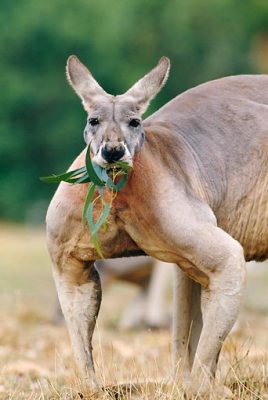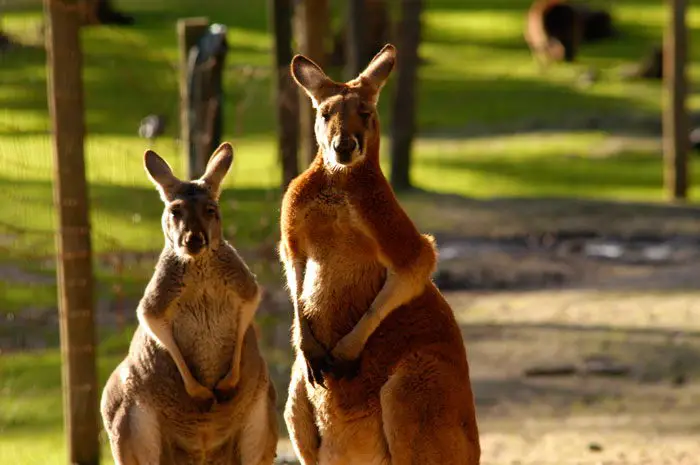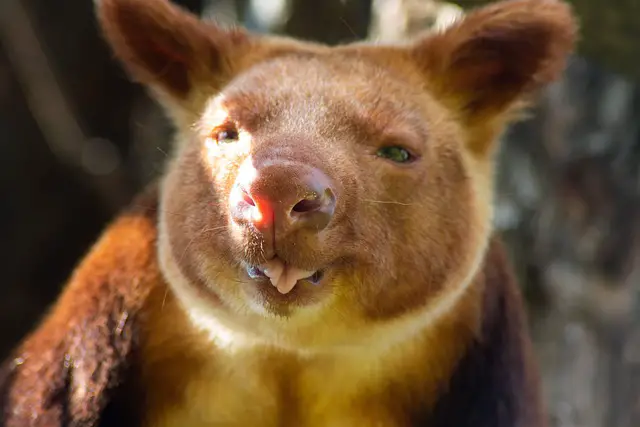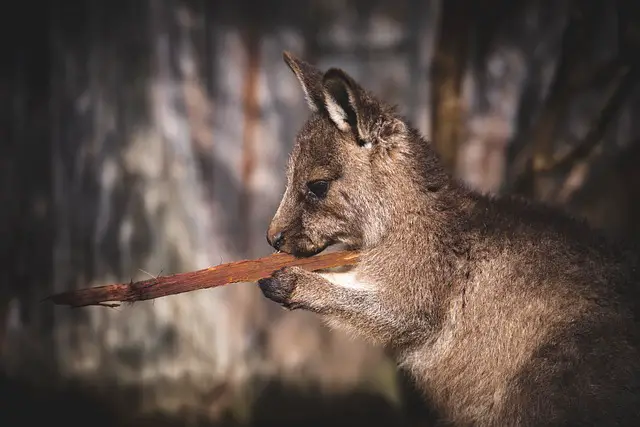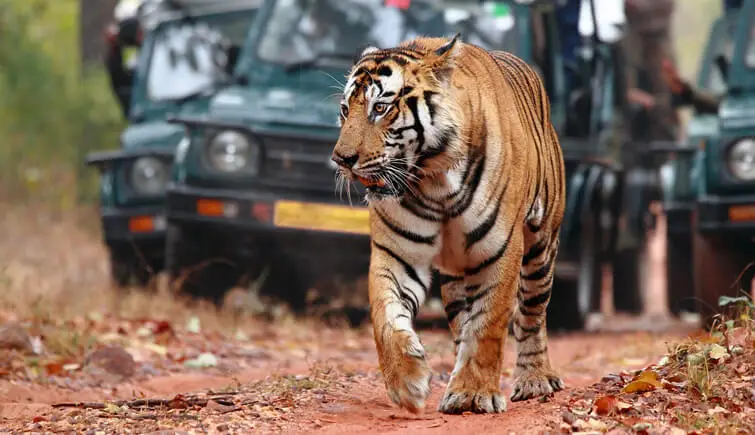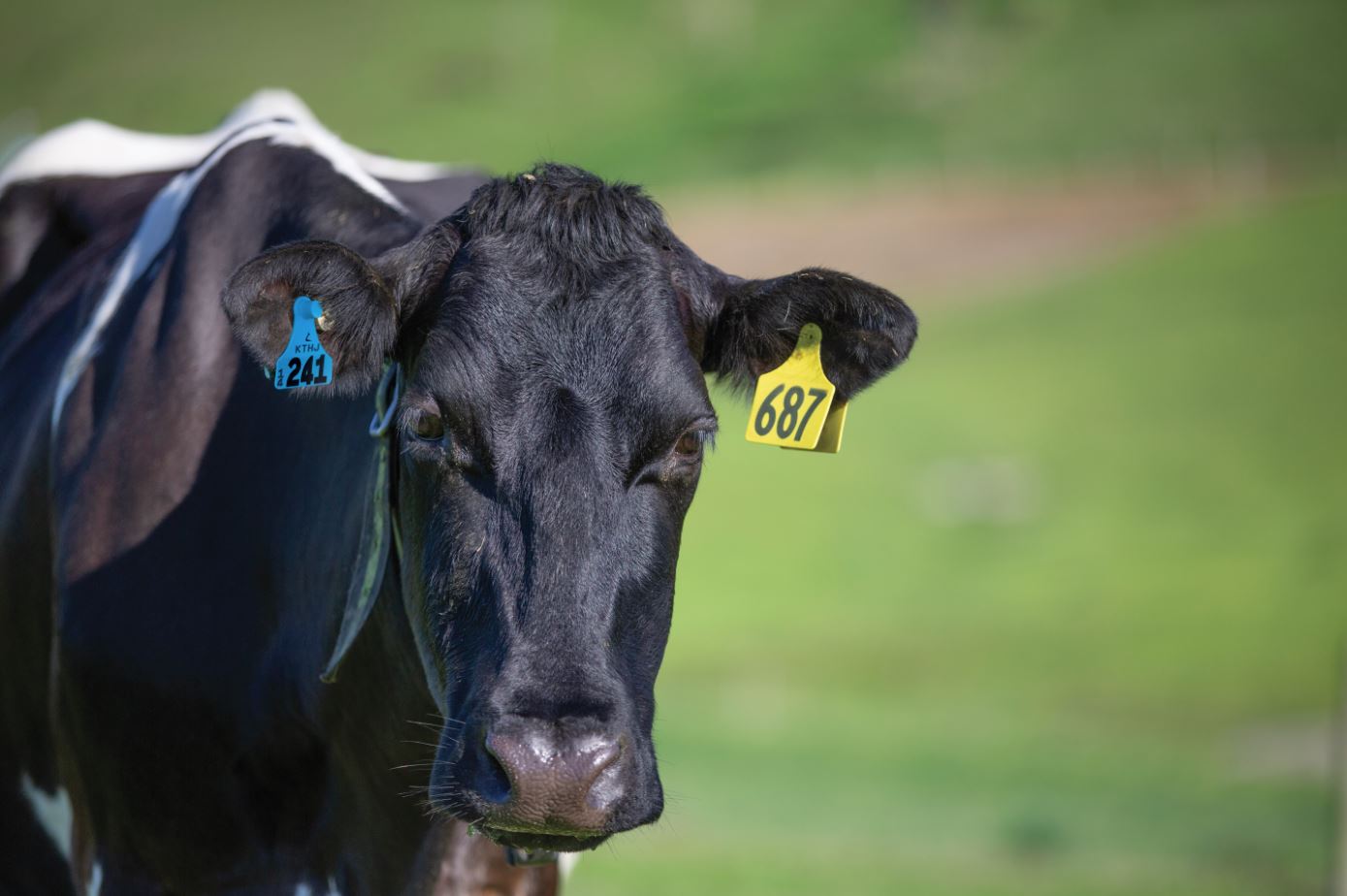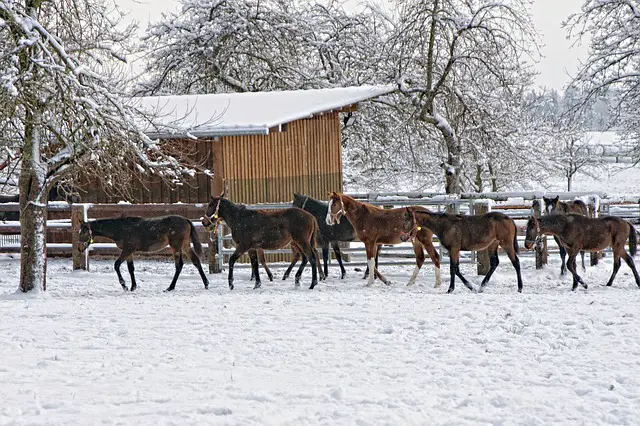Kangaroos are mostly herbivorous but many species like to eat invertebrates and fungi. Typically smaller species are likely to be selective in their feeding habits as compared to the larger species. The large kangaroos are known to feed on lower-quality food items including a wide range of plants. Some species rely almost exclusively on grasses. Unlike musky rat kangaroo, most species feed at night sometimes they also forage in the early morning and late afternoon.
What Do Kangaroos Eat
- The smaller kangaroos require food that is rich in nutritional value in order to ease their metabolic rates. Musky rat kangaroos are mostly frugivorous and they consume nutritious seeds and invertebrates along with their regular diet. Since they need energy for hopping and other activities kangaroos must also eat insects, worms and other smaller kangaroos including potoroo.
- Tree kangaroos are known to spend most of their time in browsing vines and forest leaves. They are extremely selective feeders as they go by forest leaves which are low in nutrients. They usually avoid eucalypts. Kangaroos prefer to eat young growing shoots during foraging as these items are rich in phosphorous and crude protein. When available they will also feed on flowers and fruits of many plant species.
- Kangaroos’ diet varies with the extent of habitat growth and seasonal conditions. Species that live in the moist forest habitats are apt to more fruits and dicot leaves whereas those occupying arid habitats are likely to consume less fruits.
- Unlike red kangaroos and euro, grey kangaroos live in areas where seasonal changes such as rainfall prediction and the abundance of vegetation are more regular. Each of these species selects different plants precisely due to the rainfall occurrence. When land receives sufficient rainfall then there are fewer chances that kangaroos would compete with each other and that they are more likely to graze on the same area. The reason behind is that each species can now afford to feed on different classes of plants. However, when there are dry conditions then most kangaroos are forced to share the same feeding ground.
- In summer, female red kangaroos may graze for as long as 8.5 hours a day but 6 hours is a normal grazing time. They like to eat green grass-shoots and supplement their diet with succulent grass shoots. Grey kangaroos normally grasses of lower nutritional value.
- If the conditions are ideal then red kangaroos and eastern grey kangaroos rely on annual forbs and grasses whereas the western grey species feeds on grass, forbs, chenopod shrubs, mulga, and saltbush. The feeding behavior changes during dry conditions as they search for grasses and they do not eat saltbush and shrubs. Red kangaroos in particular are even starved to death in severe drought.
- Red kangaroos will not feed on the foliage of the woody species mulga, Acacia aneura and berrigan Eremophila longifolia. Their diet is composed of grass (64 – 79 %) such as Triodia mitchelli and spinifex. Red kangaroo primarily feeds on dicotyledonous plants—a diet that grey kangaroos seldom consume.
Learn more: Kangaroo Facts For Kids

